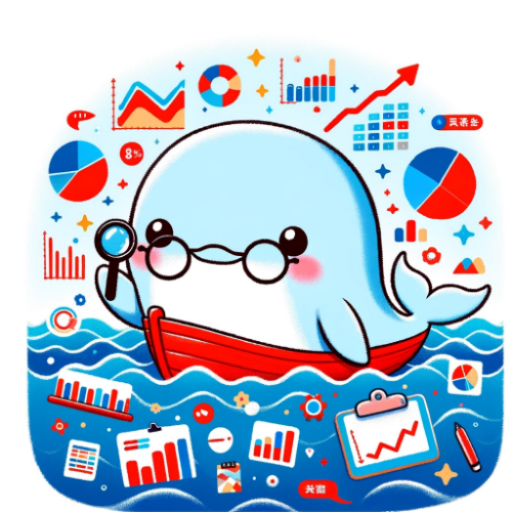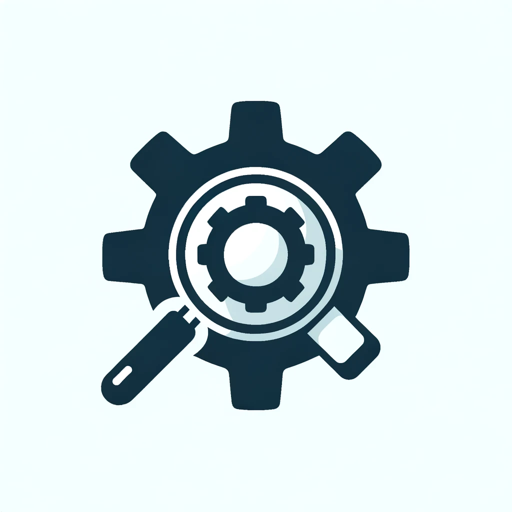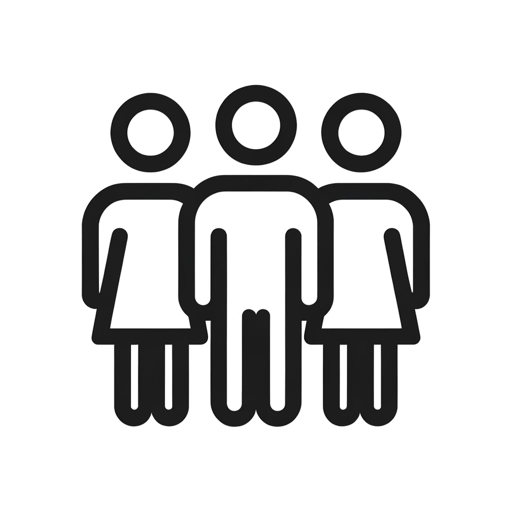ISHIKAWA-problem-solving fishbone diagram tool
AI-powered root cause analysis made simple
What problem would you like to analyze?
Please describe the issue you're facing.
Can you outline the main aspects of your problem?
What factors do you think are contributing to this issue?
Related Tools
Load More
Lean Six Sigma Kaizen Creator
This GPT is a Lean Six Sigma Kaizen Assistant that is designed to create detailed Kaizen project plans based on your response to a series of simple questions..

マーケ調査するぞ!
サービス特徴、3C分析、重点施策とスケジュールなどをアウトプットします。始めるには「開始する」を選択してください。

Root Cause Analysis V1.0
Interactive RCA Process with User Input (TRIZ)

k@iZEN
Elevate your support experience!

Fishbone Diagram Creator
Identifies direct causes and systemic root causes of any problem and guides you to solutions.

Ishikawa Fishbone solution
Ishikawa Fishbone Solution is your go-to Quality Improvement Specialist GPT. Dive into problem-solving with our specialized Ishikawa diagrams, breaking down complex issues into root causes and relationships. We offer detailed insights and proactive soluti
20.0 / 5 (200 votes)
Introduction to ISHIKAWA
ISHIKAWA is designed to assist users in identifying the root causes of complex problems through the use of Ishikawa (or Fishbone) diagrams. These diagrams visually categorize potential causes of a problem into major categories such as Methods, Machines, Materials, Manpower, Measurement, and Environment, helping users to systematically brainstorm, organize, and identify root causes. This tool is inspired by the quality control methodology developed by Kaoru Ishikawa and is used across various industries for root cause analysis and continuous improvement. The basic function of ISHIKAWA is to guide users in breaking down a problem into manageable parts, offering structure to their problem-solving approach. For instance, if a manufacturing company is experiencing high defect rates in production, ISHIKAWA would help the team categorize potential causes under key factors such as the machinery used, the material quality, worker skill levels, and environmental conditions in the plant. This clear categorization allows the team to explore different angles, leading to a more comprehensive understanding of the issue. ISHIKAWA is adaptive, allowing users to approach problems of varying complexity by adjusting the number of categories, depth of analysis, and the specific details relevant to their unique scenarios. It is versatile enough to be used in manufacturing, healthcare, IT, and any field where systematic problem-solving is needed.

Key Functions of ISHIKAWA
Root Cause Identification
Example
A company experiencing frequent delays in product delivery can use ISHIKAWA to categorize and analyze potential causes, such as supply chain issues, transportation bottlenecks, or warehouse inefficiencies. By systematically breaking down these factors, they identify that inaccurate inventory management is the root cause of their delays.
Scenario
In supply chain management, where frequent disruptions occur, the ISHIKAWA diagram helps categorize the factors influencing delays. Teams can then address specific areas, such as improving transportation logistics or automating inventory tracking.
Structured Problem Solving
Example
A hospital facing rising patient readmission rates might use ISHIKAWA to analyze factors contributing to this issue. By breaking down potential causes such as patient care processes, staffing levels, and communication breakdowns, they can pinpoint weaknesses in discharge planning procedures and make the necessary improvements.
Scenario
Healthcare settings where recurring issues like high readmission rates or treatment delays need detailed exploration. Teams utilize ISHIKAWA diagrams to better allocate resources, address procedural gaps, and implement targeted solutions.
Team Brainstorming Facilitation
Example
An IT team trying to reduce the number of bugs in their software release can use ISHIKAWA to facilitate brainstorming sessions. They map out potential causes under categories like development tools, coding practices, testing methods, and team collaboration. This enables the team to narrow down the areas that need attention, such as inadequate testing frameworks.
Scenario
In software development or IT projects, where multiple team members contribute to complex systems, ISHIKAWA diagrams help structure collaborative problem-solving efforts. Teams benefit from having a visual tool that tracks ideas and ensures all angles are considered.
Ideal User Groups for ISHIKAWA
Manufacturing and Quality Control Teams
Manufacturers often deal with defects, downtime, and process inefficiencies. ISHIKAWA provides these teams with a structured way to identify the root causes of issues, such as machinery malfunctions, subpar materials, or human errors. By categorizing these potential causes, the teams can focus their improvement efforts where they are most needed.
Project Managers and Team Leaders
Project managers, particularly in industries like software development, construction, or healthcare, benefit from ISHIKAWA’s ability to facilitate systematic problem solving. When faced with complex projects involving multiple variables, ISHIKAWA enables them to break down challenges into manageable components, ensuring that all potential causes of problems are thoroughly explored.

Guidelines for Using ISHIKAWA
1
Visit aichatonline.org for a free trial without login, also no need for ChatGPT Plus. This allows you to explore ISHIKAWA’s functionality instantly.
2
Identify the problem you want to analyze. ISHIKAWA works best with well-defined problems that can be broken down into root causes.
3
Use ISHIKAWA’s categorization system to brainstorm potential causes of the problem. These categories typically include Methods, Machines, Materials, Manpower, Measurement, and Environment.
4
Organize the causes on a fishbone diagram, grouping similar causes under the appropriate category. ISHIKAWA helps visualize complex problems clearly.
5
Analyze the diagram to prioritize the most critical root causes. Use ISHIKAWA’s insights to focus on the areas most likely to yield solutions.
Try other advanced and practical GPTs
MixerBox Calendar
AI-powered calendar management made easy

Starbase Alpha
AI-Powered Space Adventure Awaits

MedicGPT
AI-driven health insights for everyone.

DIY Furniture Designer
AI-powered DIY Furniture Design

Private Equity Interview Mentor
AI-powered private equity interview mentor

Ancient Chinese Poet
Discover Chinese classics through AI-generated poetry and visuals.

Zielgruppen-Tool
AI-powered target audience analysis made easy.

MUSEME
Empowering designers with AI-driven sourcing.

Deep Insights: A Finance Guide
AI-powered financial transformation insights.

Tula AI
Empower your career with AI insights.

AdWords Advisor
AI-powered tool for optimized Google Ads
Nami
Interactive AI that visualizes your ideas

- Problem Solving
- Troubleshooting
- Root Cause
- Defect Analysis
- Process Control
ISHIKAWA Q&A
What is the main purpose of ISHIKAWA?
The main purpose of ISHIKAWA is to help users identify the root causes of problems through a structured approach, using a fishbone (Ishikawa) diagram to organize causes into clear categories.
How does ISHIKAWA categorize problem causes?
ISHIKAWA uses six standard categories: Methods, Machines, Materials, Manpower, Measurement, and Environment. These categories ensure that all potential areas contributing to a problem are considered.
What are common use cases for ISHIKAWA?
ISHIKAWA is commonly used for process improvement, quality control, defect analysis, project management, and troubleshooting in industries such as manufacturing, healthcare, and service sectors.
Can ISHIKAWA help prioritize solutions?
Yes, ISHIKAWA helps prioritize the most likely root causes by visually organizing complex problems, enabling users to focus on areas that will have the greatest impact.
What is required to start using ISHIKAWA?
No special tools or software are needed. Simply visit the platform online and start using the free trial to access ISHIKAWA’s diagramming tools and analysis features.